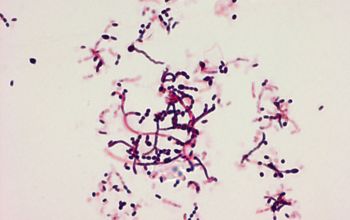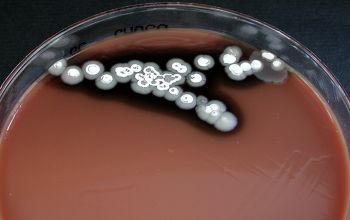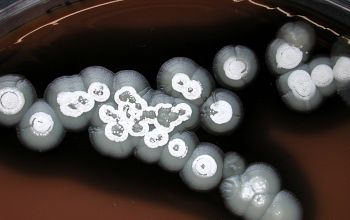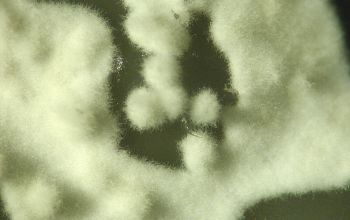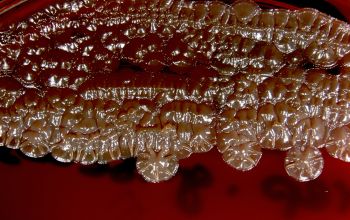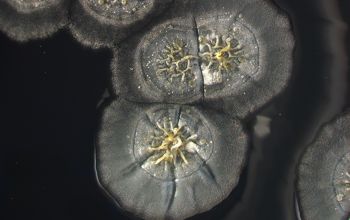Streptomyces griseus
-
General information
The Streptomyces group contains approximately 597 validly named species or subspecies and remains problematic. Many of these species have been patented because of the commercially useful products they synthesize.
Taxonomy Family: Streptomycetaceae
Natural habitats
In the environment, soil, sand and rotten plant material. Especially from North- and South America, Africa and Arabia.
Clinical significance
The most common type of infection is mycetoma, they penetrate in wounds in the skin.
-
Gram stain
Gram positive rods, 0.5-2.0 µm, highly branched, and stain more solidly gram positive than Nocardia (beading). Mycelium fragments rarely.
modified Kinyoun negative
-
Culture characteristics
-
Obligate aerobic BA: initially the colonies have a smooth surface, later can develop an aerial hyphae, that gives the colonies a powdered or velvety look.
The colonies are leathery, or butyrous and grayish.
Substrate hyphae: variable
Aerial hyphae: variable
BBAØ: no growth
Motile: non
-
-
Characteristics
-
References
James Versalovic et al.(2011) Manual of Clinical Microbiology 10th Edition
Karen C. Carrol et al (2019) Manual of Clinical Microbiology, 12th Edition



